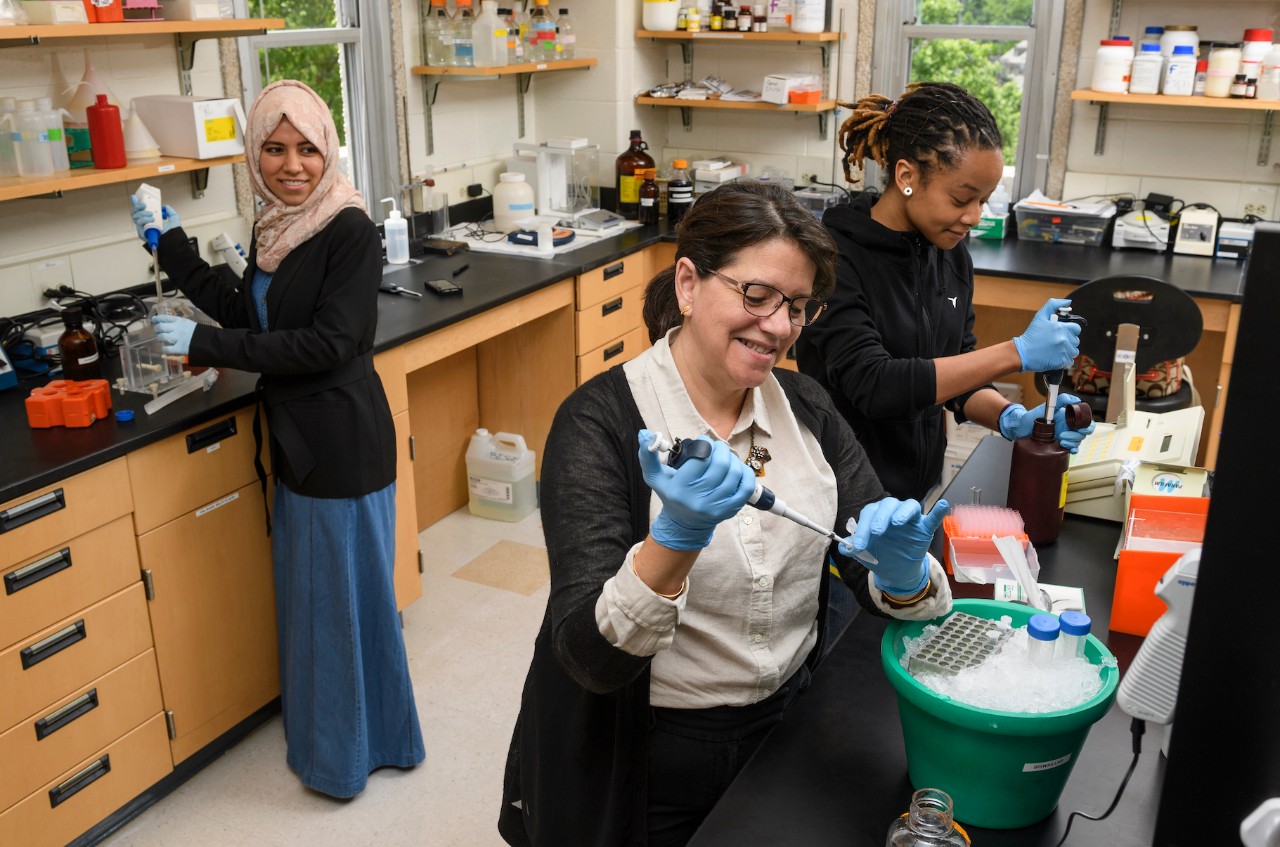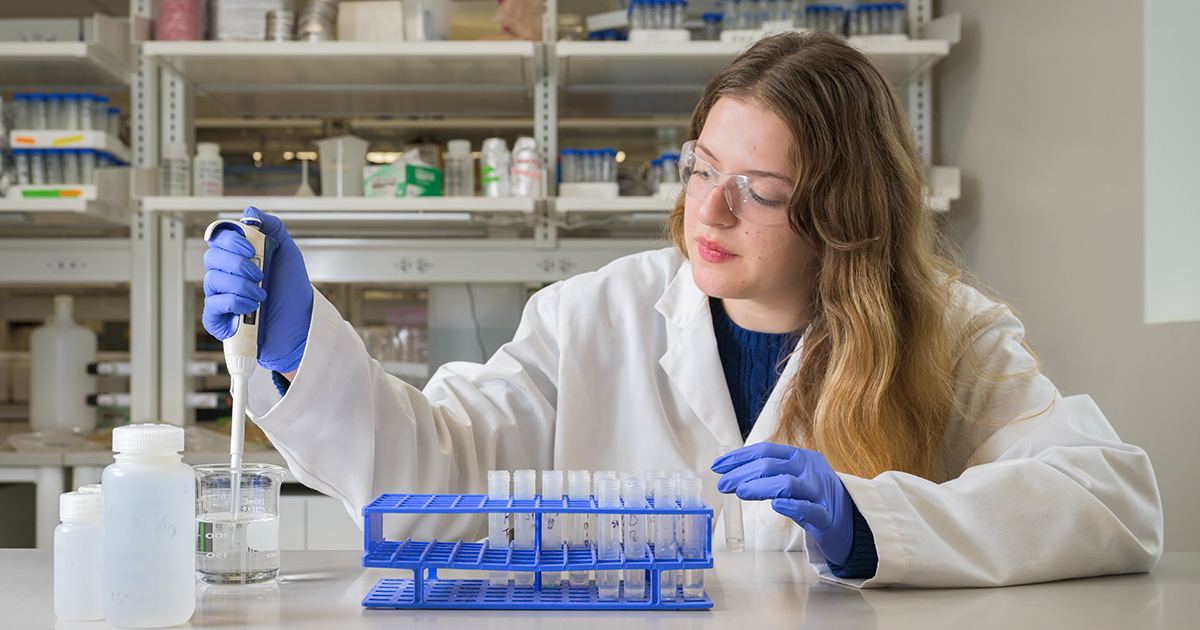
College of Health Sciences Butterfly Fund

IDEAS, INNOVATION AND IMPACT
Connecting to the theme of the Tower at STAR, the College of Health Science is creating a Butterfly Fund to celebrate the innovation, energy and collaboration of the faculty, staff, students and clinicians.
The Tower at STAR is designed to enhance collisions and collaboration referred to as the butterfly effect from chaos theory. The Tower design reflects the idea that the smallest change or interaction in one location can prompt dramatic change in another. Similarly, the Butterfly Fund exists to support and invest in collisions that generate spontaneous ideas and foster innovation and impact.
Furthermore, the Butterfly Fund celebrates the belief that even a small investment can prompt dramatic changes, making the CHS community stronger and more impactful.

SUPPORT TO SPUR GROWTH
Under the direction of the dean of the College of Health Sciences, along with chairs of the departments, the Butterfly Fund exists to seed and support innovative interdisciplinary and translational research, teaching, clinical and community programs through annual awards.
The goal of these awards is to trigger a metamorphosis that will spawn new learning opportunities for students and grow cutting- edge research and collaboration.
For example, the Butterfly Fund will be used for:
• Pilot research projects and/or working groups focused on answering healthcare challenges and designing healthcare solutions
• Equipment and resources needed to help support promising cutting-edge research
• Teaching and training programs to meet the many healthcare workforce demands
• Collaborations with community partners throughout the State of Delaware and surrounding area
• Graduate and undergraduate student recruitment in new research and teaching areas, as well as recruitment of a more diverse student body
• Innovative outreach programs to inform and inspire the next generation of healthcare students

-

Exploring cancer research
December 18, 2025 | Written by Amy CherryMedical and molecular sciences students gain hands-on experience through Fox Chase fellowships -
Faculty honors
December 16, 2025 | Written by Tabitha GrohAlyssa Lanzi, assistant professor of communication sciences and disorders, received the Excellence in Scholarly Engagement Award from the University of Delaware Faculty Senate. -
Innovating in Motion
December 15, 2025 | Written by Amy CherryUD’s Big Ideas Challenge advances a novel approach to help people with Achilles tendinopathy keep moving. -
Predicting Alzheimer’s earlier
December 09, 2025 | Written by Amy CherryThe University of Delaware's DementiaBank outshines global competitors, driving machine-learning advances in early dementia prediction. -
Advancing heart health
December 05, 2025 | Written by Amy CherryEvery fall, the University of Delaware research community gathers for a celebration of discovery. The 2025 Cardiovascular Research Symposium, sponsored by UD’s Center of Biomedical Research Excellence (COBRE) in Cardiovascular Health, offers faculty, postdocs, and students a collaborative stage to share breakthroughs that advance our understanding of heart and vascular health.
